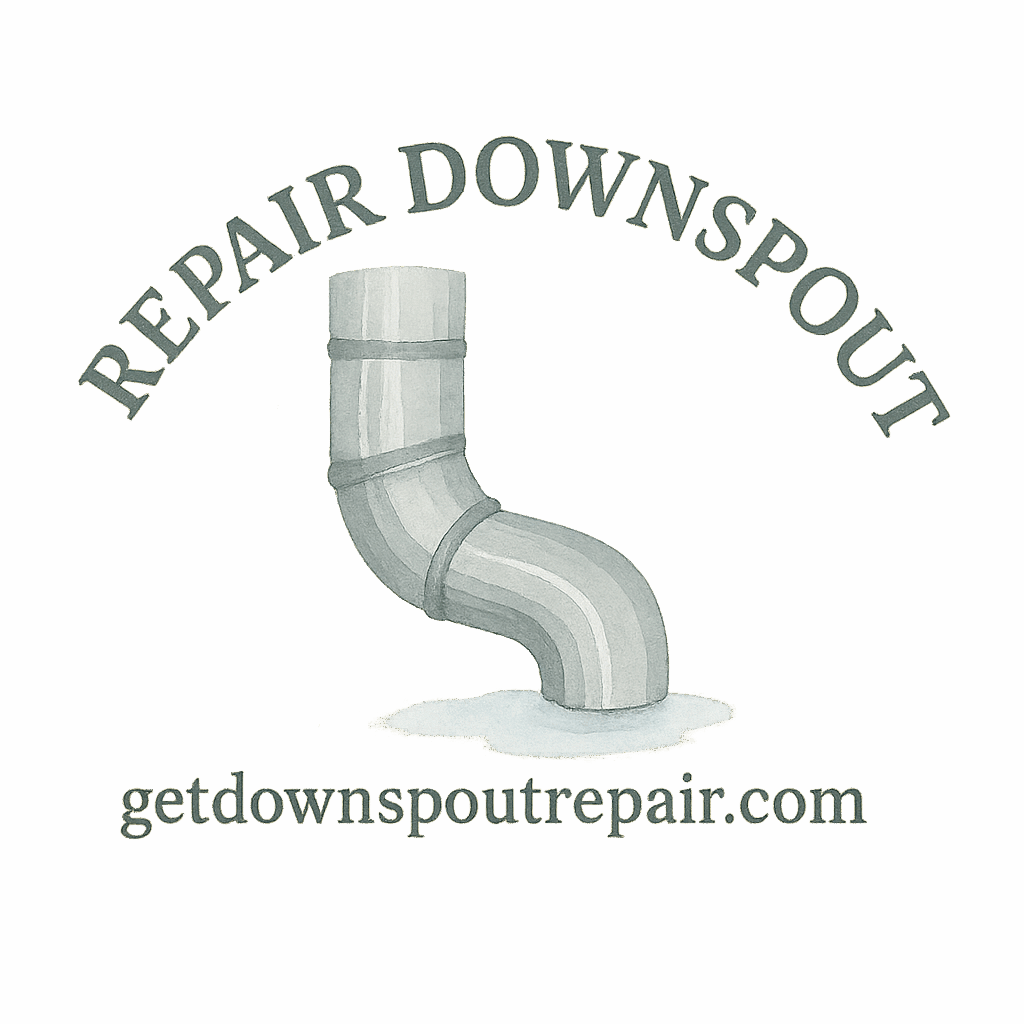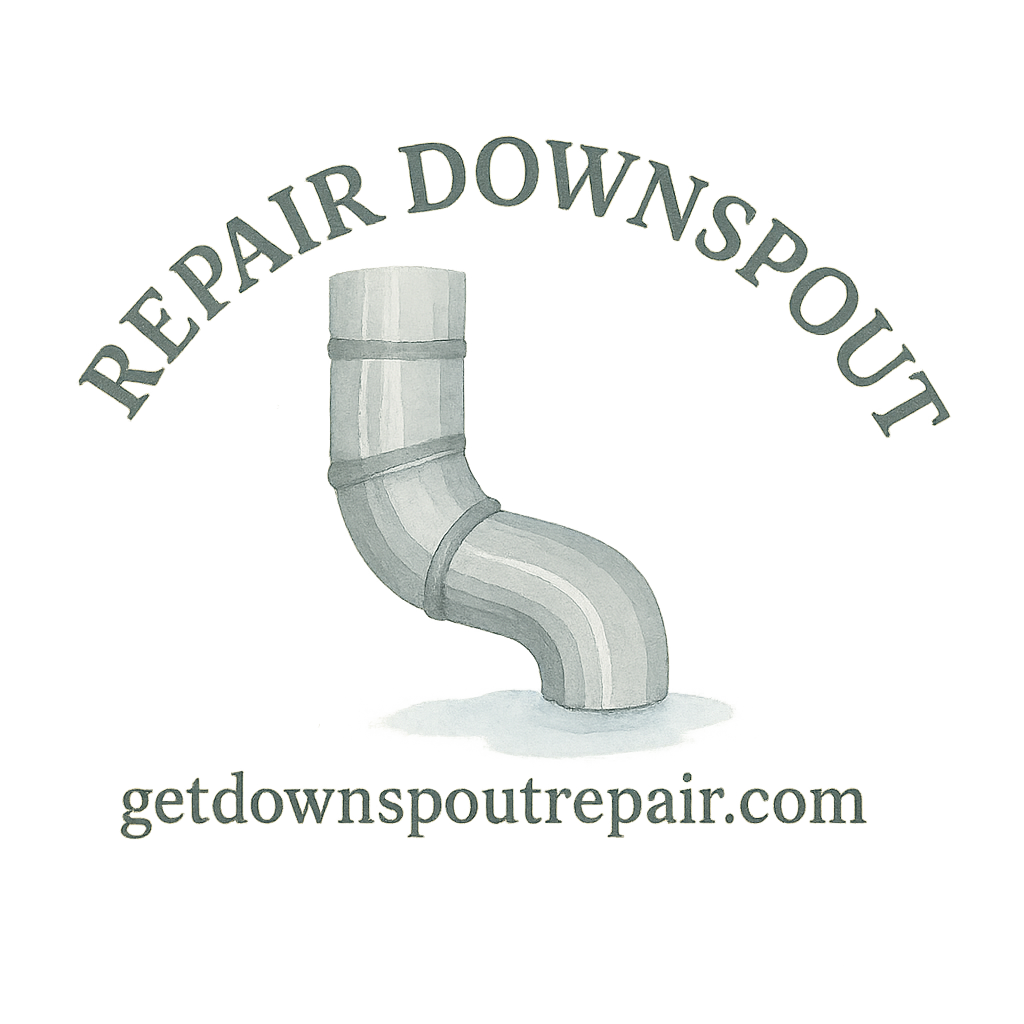Introduction: Why Downspout Repair Matters
If you’ve ever walked outside after heavy rain and noticed water spilling near your foundation, chances are your downspout connections are loose. It may not seem like a big deal at first, but ignoring a wobbly or disconnected downspout can lead to costly problems—think water damage, basement leaks, and even foundation issues.
The good news? With the right tools, a little patience, and some simple tricks, you can tackle downspout repair yourself and save money in the process. In this guide, we’ll cover 11 DIY downspout repair tips for loose connections that anyone can do, even beginners.
Understanding Loose Downspout Connections
Before jumping into repairs, it helps to understand what causes those annoying loose connections in the first place.
Common Causes of Loose Connections
- Weather damage – Strong winds and storms can shake your downspouts loose.
- Rust and corrosion – Metal parts wear down over time.
- Poor installation – If not properly secured, downspouts easily detach.
- Clogs and blockages – Backed-up water adds pressure, loosening joints.
Signs You Need Immediate Repair
Not sure if your downspouts need fixing? Look for:
- Water pooling near your foundation
- Visible gaps between sections
- Loose or dangling brackets
- Rust streaks and leaks along seams
Tools and Materials You’ll Need
Getting the right tools before you start saves time and frustration.
Basic Tools for DIY Downspout Repair
- Screwdriver or drill
- Measuring tape
- Ladder (sturdy and safe)
- Work gloves
Recommended Materials for Long-Lasting Fixes
- Gutter screws (longer-lasting than nails)
- Metal brackets and straps
- Waterproof sealant
- Gutter sealant tape
- Downspout extensions
For an in-depth list of essential gear, check out this DIY tools guide.
11 DIY Downspout Repair Tips for Loose Connections
Here’s the part you’ve been waiting for—the step-by-step repair tips.
1. Inspect the Downspout Regularly
Loose connections often start small. A quick inspection every season helps you catch issues before they grow.
2. Tighten Loose Screws and Fasteners
Grab your drill or screwdriver and secure any wobbly brackets. This simple fix can make a big difference.
3. Replace Rusted Brackets and Straps
Rust weakens metal parts over time. Swap them out with new galvanized steel brackets for durability.

4. Use Sealant for Minor Gaps
If water leaks through small seams, apply a bead of waterproof sealant. It’s quick, cheap, and effective.
5. Reconnect Separated Joints
Downspout sections sometimes slip apart. Slide them back together and secure with gutter screws.
6. Add Extra Brackets for Better Support
If your downspout wiggles in the wind, add another bracket or strap for extra stability.
7. Check for Clogs That Stress the Downspout
A clogged downspout adds unnecessary weight and pressure. Clean it out to prevent future problems. Learn more about avoiding downspout clogs.
8. Use Gutter Screws Instead of Nails
Nails can loosen over time. Switch to screws for a stronger, long-term hold.
9. Apply Gutter Sealant Tape for Quick Fixes
Sealant tape works like duct tape but is made for gutters. It’s great for temporary fixes until you can do a full repair.
10. Adjust the Downspout Angle for Stability
Sometimes a loose connection is just a poor angle. Adjusting the slope helps water flow smoothly and reduces stress.
11. Consider Extensions to Reduce Pressure
If water rushes out too close to your home, add a downspout extension. This reduces pressure on joints and protects your foundation. See more on drainage protection.
Preventing Loose Downspout Connections
Routine Maintenance Tips
- Clean gutters at least twice a year
- Check fasteners and brackets during inspections
- Clear leaves and debris regularly
Seasonal Care for Your Gutters and Downspouts
- Spring: Look for winter damage
- Fall: Clear leaves before they clog
- Winter: Watch for ice buildup
DIY vs. Professional Help
When DIY is Enough
Most loose downspout connections can be handled with simple tools and basic knowledge. Check out DIY fixes for more guidance.
When to Call a Pro
If your downspout is damaged beyond repair or you’re dealing with foundation issues, it’s time to call in professional help.
Cost Considerations for Downspout Repair
DIY fixes usually cost very little—just screws, brackets, and sealant. Professional repairs, however, may cost more depending on the damage. For a breakdown, see repair costs and materials.
Common Mistakes to Avoid
- Ignoring small leaks
- Using nails instead of screws
- Forgetting to check for clogs
- Skipping routine inspections
Safety Tips While Repairing Downspouts
- Always use a sturdy ladder
- Wear gloves to avoid sharp edges
- Don’t overreach while working
- Avoid repairs during storms
Conclusion
Loose downspout connections may seem minor, but they can create major headaches if ignored. With these 11 DIY downspout repair tips, you can strengthen your gutter system, prevent costly damage, and protect your home for years to come.
If you’re eager to learn more, explore helpful guides on repair basics and practical beginner repair tips.
FAQs
1. How often should I inspect my downspouts?
At least twice a year—once in spring and once in fall.
2. Can I use duct tape to repair a loose downspout?
Duct tape is only a temporary fix. Use gutter sealant tape instead.
3. What’s the best way to prevent loose connections?
Regular inspections, cleaning, and using screws instead of nails.
4. Do I need professional help for every downspout issue?
Not at all! Many issues are DIY-friendly. Call a pro only for severe damage.
5. How long do downspout repairs usually last?
With proper materials, a DIY repair can last several years.
6. Are downspout extensions really necessary?
Yes, they help redirect water away from your foundation and reduce stress on joints.
7. What’s the average cost of professional downspout repair?
It varies, but you can check detailed breakdowns on costs and materials.


